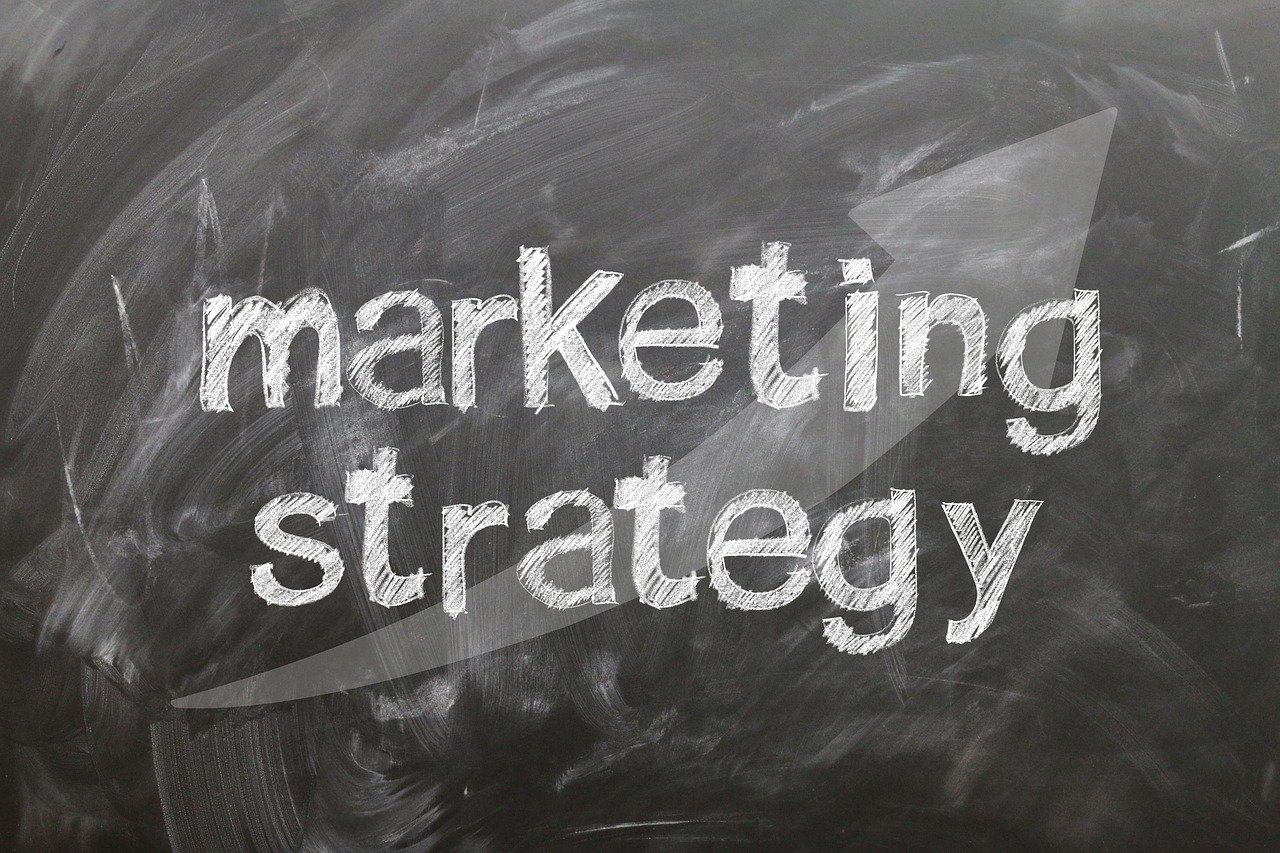In the multifaceted world of business marketing, the constant battle between traditional advertising and content marketing has been a topic of heated debates. Business owners, marketers, and entrepreneurs are often caught at this crossroad, evaluating which path promises a more significant return on investment (ROI). As we delve into this comprehensive guide, we aim to dissect the nuances of both approaches, offering insights backed by real-world examples, data, and in-depth analyses to discern which strategy reigns supreme in the contemporary marketing ecosystem.
The Dynamics of Traditional Advertising
The Grandeur of Reach
Traditional advertising, with its roots firmly entrenched in TV commercials, radio spots, billboards, and print media, boasts an unmatchable grandeur. It’s about casting the net wide, reaching the masses, and painting the town red with your brand’s message.
Cost Implications
The financial outlay for traditional advertising can be hefty. It’s a world where prime slots command prime dollars. But is the investment translating into proportional engagement and conversions, or are ads fading into the urban noise?
The Nuances of Content Marketing
Tailored Engagement
While traditional advertising throws the net wide, content marketing narrows the focus, crafting tailored content designed to engage specific audience segments. It’s less about the grandeur of reach and more about the depth of engagement. In the universe of content marketing, personalized blogs, engaging videos, and interactive social media posts are the kings.
Content marketing is akin to having a one-on-one conversation with your audience. Each piece of content is crafted with an intimate understanding of the audience’s needs, preferences, and pain points. It’s not about shouting the loudest but speaking directly to the audience, addressing their specific needs and offering value.
Cost-Effectiveness
In contrast to the often exorbitant budgets associated with traditional advertising, content marketing can be notably cost-effective. It offers brands the flexibility to create high-quality content without breaking the bank. The focus shifts from expensive ad spots to investing in creating valuable, relevant content that resonates with the audience.
Now, cost-effectiveness doesn’t mean compromising quality. With content marketing, brands have the creative freedom to explore various formats – blogs, podcasts, webinars, social media posts – each offering a unique pathway to connect with the audience without incurring the high costs typical of traditional advertising channels.
Measuring ROI
Tangible Metrics
Here’s where the plot thickens. In the world of content marketing, ROI isn’t an abstract concept but a tangible, measurable entity. Every click, share, comment, and conversion is traceable, offering real-time insights into the content’s performance.
Content marketing allows for a granular level of tracking and analysis. Brands can monitor which content pieces are performing well, who’s engaging with the content, and what actions the audience is taking as a result. This level of detail provides valuable insights for refining and optimizing content strategies to enhance ROI.
Flexibility and Adaptability
Flexibility is another feather in content marketing’s cap. Unlike traditional advertising, which often involves significant upfront costs and long-term commitments, content marketing is adaptable. Brands can quickly tweak and adjust their content based on real-time feedback and performance data.
If a piece of content isn’t resonating as expected, it’s not a sunk cost. Brands can refine, adjust, and optimize content on the fly, ensuring that their marketing strategy remains agile and responsive to the audience’s evolving needs and preferences.
The Evolution of Audience Preferences
Shift to Digital
Audiences are increasingly shifting towards digital platforms, and with this migration, content marketing is gaining a solid foothold. It’s not just about the omnipresence of digital content but the interactive, engaging, and personalized experiences it offers. Here, content isn’t just seen or heard; it’s interacted with, shared, and discussed, turning passive viewers into active participants.
Value-Driven Engagement
Today’s audience craves more than promotional messages. They’re on the hunt for value. Content marketing steps into this space gracefully, offering informative, educational, and entertaining content. It’s a subtle yet powerful approach, where brands build relationships and trust, not just awareness.
Adaptability and Optimization
Real-Time Insights
One of the significant advantages of content marketing lies in its adaptability. Every piece of content, every audience interaction, is a source of insights. Brands can gauge content performance in real-time and make informed decisions to optimize engagement and conversions.
SEO Benefits
Content marketing and SEO go hand-in-hand. Well-crafted, quality content boosts a brand’s search engine visibility. It’s a dual benefit – while engaging the audience, content marketing also attracts organic traffic, enhancing visibility and amplifying ROI without incremental costs.
Traditional Advertising’s Enduring Appeal
Broad Reach
Despite the surge of content marketing, traditional advertising hasn’t lost its charm completely. Its ability to reach a broad audience quickly is still unparalleled. For brands seeking instant visibility and widespread reach, traditional advertising can be a potent tool in the arsenal.
Tangible and Familiar
There’s a tangible and familiar aspect to traditional advertising. The physical presence of billboards, the auditory appeal of radio ads, and the visual allure of TV commercials have a nostalgia and omnipresence that digital content often lacks.
Audience Segmentation and Personalization
Tailoring Content to Audiences
In the world of content marketing, personalization is a crucial element. Different segments of the audience have varied needs, preferences, and pain points. Content marketing allows brands to create tailored content that speaks directly to these specific audience segments, enhancing relevance, engagement, and conversions.
Data-Driven Insights
Leveraging data is intrinsic in content marketing. Brands can utilize data analytics to gain insights into audience behavior, preferences, and trends. This data is not just informational but actionable, enabling brands to refine their content to align with audience expectations and needs, thereby enhancing ROI.

Related: Check out our free SEO suite

Brand Storytelling
Building Narratives
Content marketing is not just about disseminating information but weaving narratives. It allows brands to tell their stories, not just promote their products. This storytelling aspect fosters a deeper connection with the audience, building brand loyalty and affinity.
Emotional Engagement
While traditional advertising often focuses on the promotional aspect, content marketing delves deeper. It taps into the audience’s emotions, values, and aspirations, turning content from a mere informational tool to an emotional engagement catalyst.
Integrating Tech Innovations
AI and Machine Learning
In the contemporary landscape, content marketing is leveraging technological innovations like AI and machine learning to enhance content relevance, personalization, and engagement. These technologies enable brands to offer hyper-personalized content experiences, enhancing audience engagement and ROI.
Virtual and Augmented Reality
Content marketing is stepping into immersive experiences with virtual and augmented reality. These technologies offer interactive and engaging content experiences, taking audience engagement to new dimensions, far beyond the capabilities of traditional advertising.
The Integration of Social Media
Leveraging Platforms
Content marketing seamlessly integrates with social media, turning platforms into stages where content comes to life, engages, and spreads. Each like, share, and comment amplifies content reach, engagement, and impact, bolstering ROI without escalating costs.
User-Generated Content
The synergy between content marketing and social media gives rise to user-generated content. Audiences become not just consumers but creators, amplifying brand messages, and fostering organic reach and engagement.
Analytical Tools and Metrics
Real-Time Analytics
Content marketing’s strength is magnified with analytical tools that offer real-time insights into content performance. Brands gain immediate feedback, allowing for on-the-fly adjustments to enhance engagement, reach, and conversions.
Comprehensive Metrics
Metrics like engagement rates, conversion rates, and social shares offer a panoramic view of content performance. Brands can measure, analyze, and optimize each content piece, ensuring every strategy is data-driven and optimized for maximal ROI.
Niche Targeting and Community Building
Focused Approach
Content marketing excels in niche targeting. Brands can craft specialized content to connect with specific audience segments, ensuring messages are relevant, resonate, and drive engagement.
Building Communities
It’s not just about reaching audiences but building communities. Content marketing fosters engagement, discussions, and relationships, turning audiences into brand advocates and amplifying word-of-mouth reach.
Future Trends and Adaptations
Evolution with Technology
Content marketing is adaptive, evolving with technological advancements. Emerging trends like AI, machine learning, and interactive content promise to elevate audience engagement and ROI, making content marketing a future-ready strategy.
Sustainable Engagement
Unlike traditional advertising, which can be intrusive, content marketing offers a sustainable engagement model. It’s built on offering value, fostering trust, and building relationships, ensuring long-term audience engagement and loyalty.
Flexibility and Creativity in Content Marketing
Adaptive Content Strategies
Content marketing triumphs in its ability to be highly adaptive. Brands have the creative liberty to experiment, innovate, and adapt their content strategies based on evolving trends, audience preferences, and market dynamics. It’s a playground for creativity where strategies are not set in stone but are fluid, evolving entities.
Multi-Format Content
The versatility of content formats in content marketing is a significant boon. Brands can explore a myriad of content types, from blogs and articles to videos, podcasts, infographics, and more. Each format caters to varied audience preferences, ensuring broader and more nuanced audience engagement.
The Persistence of Traditional Advertising
Brand Recognition
Despite the digital surge, the role of traditional advertising in building rapid brand recognition can’t be undermined. It still holds a place in creating immediate brand awareness on a large scale, especially for new product launches or reaching demographics less attuned to digital platforms.
The Sensory Experience
Traditional advertising engages the senses in ways digital content often can’t. The visual spectacle of billboards, the auditory appeal of radio ads—they offer a sensory experience that leaves a lasting impression, contributing to brand recall.
ROI Analysis – A Comparative Dive
Quantifying Engagement
While traditional advertising’s ROI can be challenging to quantify, content marketing offers tangible metrics—clicks, shares, comments, conversions. Each interaction is a data point, painting a detailed picture of ROI, making evaluation and optimization a continuous, real-time process.
Cost vs. Engagement Analysis
The cost-efficiency of content marketing emerges as a defining factor. While traditional advertising often involves significant upfront investment, content marketing can be scaled to fit varied budgets, offering flexibility and cost-effectiveness without compromising audience engagement.
The Convergence Point
Integrating Strategies
For brands eyeing the best of both worlds, integrating traditional advertising and content marketing can be a viable route. Utilizing traditional media to amplify digital content or using digital platforms to enhance the reach of traditional campaigns can create a synergistic effect.
Customized Marketing Mix
The optimal ROI often lies in a customized marketing mix, where the strengths of both strategies are harnessed. Brands can balance the immediate reach of traditional advertising with the targeted, sustainable engagement offered by content marketing, crafting a holistic strategy that maximizes ROI.
Conclusion
The transformation from the nascent stages of content creation to today’s intricate, data-driven, and personalized content marketing strategies is both profound and enlightening. We’ve traversed a journey where content was once a one-size-fits-all strategy to an era where it’s precisely tailored, not just to the audience segments but to the individual. In the realm of content marketing, the credo “Content is King” is manifesting in its fullest potential. Companies like Airbnb, Lego, and Netflix have proven that a well-crafted, targeted content marketing strategy can surge brand visibility, bolster customer engagement, and escalate ROI, overshadowing traditional advertising methodologies.
As technology continues to evolve at an unprecedented pace, the content marketing landscape is set to burgeon with it. AI, machine learning, AR, and VR are not futuristic concepts but current assets being leveraged to create a more personalized, immersive, and interactive content experience. It’s no longer just about the message but the way it’s delivered, consumed, and interacted with.
READ NEXT:
- How to Use VWO: An Explainer
- Behind the Scenes: How Top Brands are Winning with Content Marketing
- The Evolution of Content Marketing: Past, Present and Future
- Digital Marketing for E-commerce: Best Practices for Driving Sales
- How to Utilize Pre-recorded Webinars for Lead Generation: The Definitive Guide






















Comments are closed.